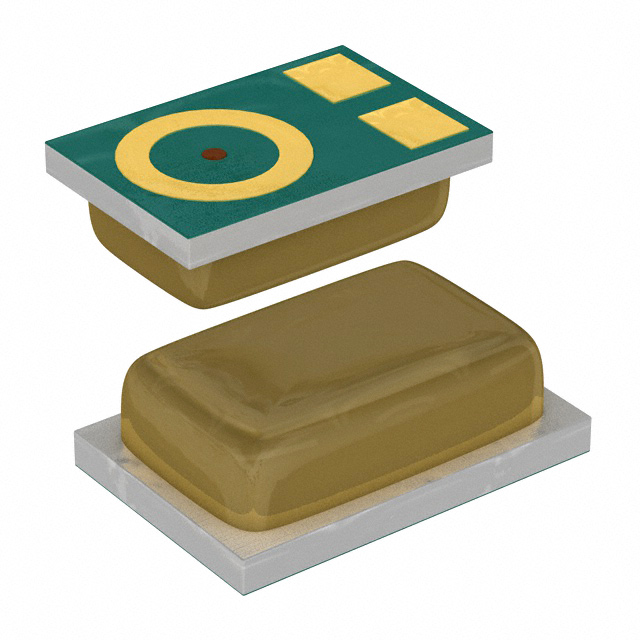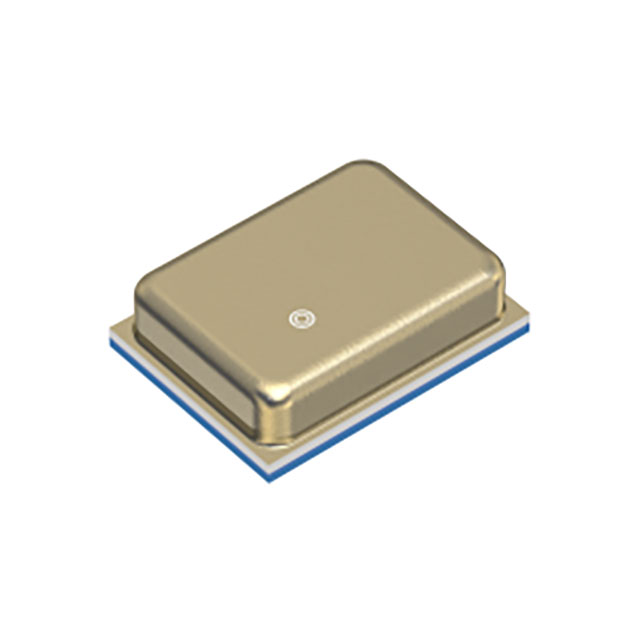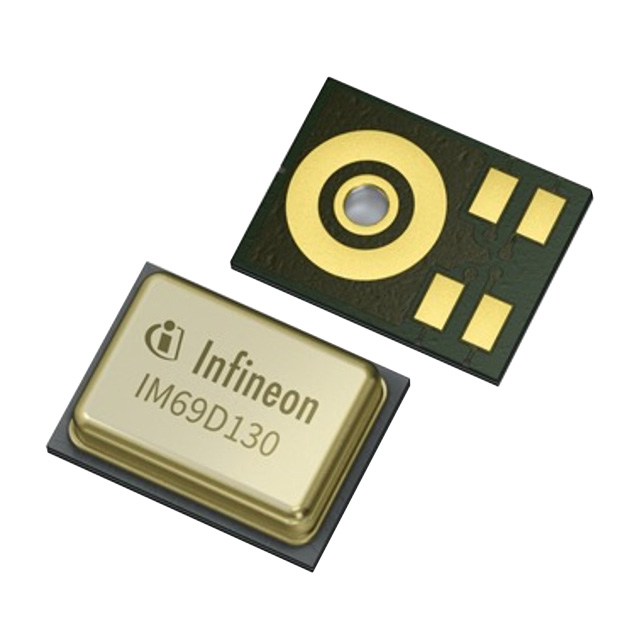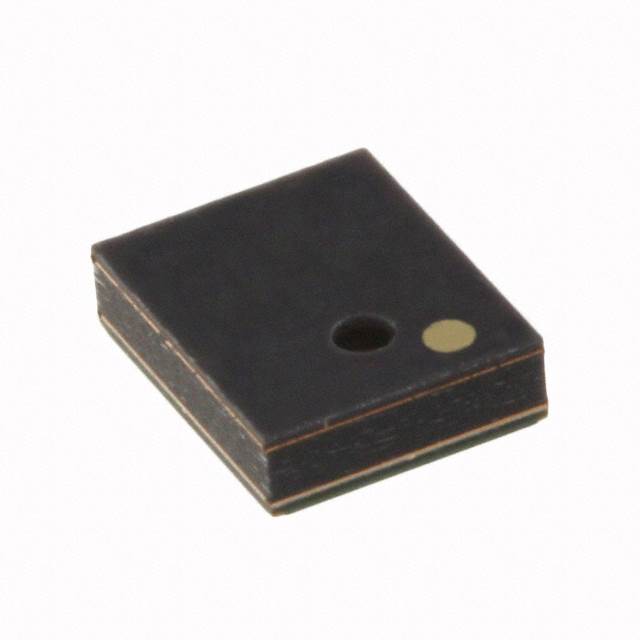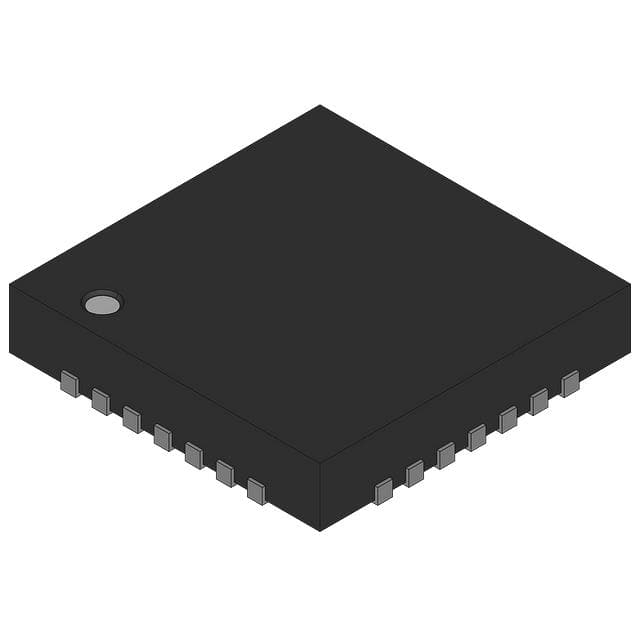ADM2587EBRWZ: Signal and Power Isolated Data Transceiver
ADM2587EBRWZ is an isolated RS-485/RS-422 transceiver chip produced by Analog Devices, which can be configured as half-duplex or full-duplex.
Microcontroller ATmega series: ATMEGA8A-AU Introduction
The ATMEGA8A-AU is a popular 8-bit microcontroller from Microchip Technology (formerly Atmel) and part of the ATmega series. It is based on the AVR architecture and is designed for a wide variety of embedded applications.
STM32F030K6T6 Development Board Introduction
STM32F030K6T6 is a microcontroller (MCU) based on the ARM Cortex-M0 core produced by STMicroelectronics.
MPU-6050: High-Performance 6-Axis Motion Sensor with I2C Bus Interface
The MPU-6050 is a widely used Inertial Measurement Unit (IMU) that combines a 3-axis accelerometer and a 3-axis gyroscope.
Texas Instruments TPS51200DRCR
The TPS51200DRCR is a high-efficiency dual-channel synchronous step-down converter produced by Texas Instruments (TI) and is commonly used in applications that provide regulated power, especially in systems that require low power consumption and high-efficiency power management.
STMicroelectronics STM32F103VET6
STM32F103VET6 is a 32-bit microcontroller based on the ARM Cortex-M3 core produced by STMicroelectronics. It belongs to the high-performance product line of the STM32F1 series and is widely used in embedded applications such as industrial control, IoT devices, and home appliance control.
STMicroelectronics STM32F105VCT6
STM32F105VCT6 is a versatile and powerful microcontroller that combines an ARM Cortex-M3 core with a rich set of peripherals and low power consumption. Its 128 KB Flash, 16 KB RAM, and extensive I/O options make it a suitable choice for a variety of embedded applications in industrial, automotive, and consumer markets. Its robust features, such as USB, CAN, ADC, and DMA, along with low-power operation, make it a solid solution for systems requiring real-time processing and efficient power usage.
Texas Instruments ULN2003ADR
ULN2003ADR is a common high current power driver produced by STMicroelectronics. It is a variant of the ULN2003 series and is usually used to control high current loads such as stepper motors, relays, solenoid valves, etc.
ATMEGA328P-PU
ATmega328P-PU is an 8-bit microcontroller manufactured by Microchip Technology (formerly Atmel), widely used in embedded systems and development boards, especially popular on the Arduino platform.
STM32F407VGT6 Microcontroller
TM32F407VGT6 is a powerful and flexible microcontroller suitable for a variety of embedded applications. Its high performance, rich peripheral interfaces and powerful processing capabilities make it an ideal choice for developing complex systems.
MCIMX6G2CVM05AB
MCIMX6G2CVM05AB is a powerful application processor that combines high-performance processing capabilities and rich multimedia functions, making it very suitable for a variety of embedded applications. Its low power consumption characteristics and flexible interface design enable it to perform well in various industrial and consumer applications.
STM32F405RGT6
The STM32F405RGT6 is a high-performance 32-bit microcontroller produced by STMicroelectronics. It is based on the ARM Cortex-M4 core and is suitable for embedded applications that require high performance and processing power.
STM32F030C8T6
STM32F030C8T6 is a powerful and affordable microcontroller suitable for a variety of low-power and low-cost embedded applications. Its flexible peripherals and diverse application areas make it a popular choice for developers.
ULN2803ADWR
Overview of ULN2803ADWR features, functions, similarities, pinouts and related Q&A
ULN2803A
ULN2803A integrated circuit working principle, characteristics, applications, similar, and related questions and answers
NCP5623CMUTBG

NCP5623CMUTBG Introduction
NCP5623CMUTBG is a three-channel current controller designed for RGB LED driving launched by ON Semiconductor. It has an I²C interface and multi-level current regulation function, which is very suitable for smartphones, portable devices and other applications that require colorful lighting effects.
NCP5623CMUTBG Parameters
NCP5623CMUTBG Similar Comparisons
NCP5623CMUTBG vs NCP5623DTBR2G vs NCP5623BMUTBG vs NCP5623AMUTBG vs CAT3643HV2-GT2 Comparison
| Parameter | NCP5623CMUTBG | NCP5623DTBR2G | NCP5623BMUTBG | NCP5623AMUTBG | CAT3643HV2-GT2 |
|---|---|---|---|---|---|
| Image | 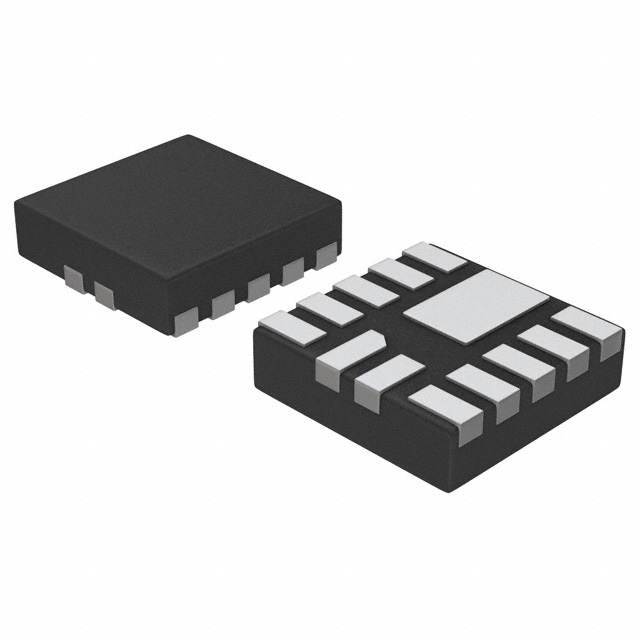 |  |  | 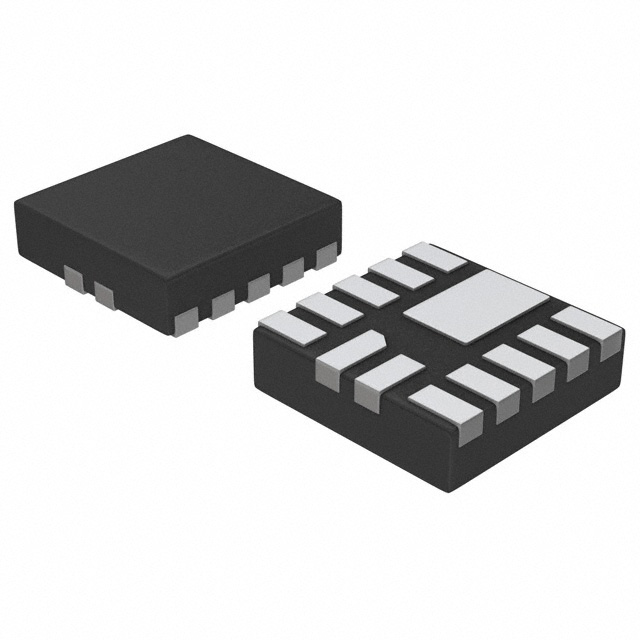 |  |
| Manufacturer | onsemi | onsemi | onsemi | onsemi | onsemi |
| Application | RGB LED driver | RGB LED driver | RGB LED driver | RGB LED driver | White LED backlight driver |
| Input Voltage Range | 2.7V - 5.5V | 2.7V - 5.5V | 2.7V - 5.5V | 2.7V - 5.5V | 2.5V - 5.5V |
| Max Current Per Channel | 25 mA | 25 mA | 25 mA | 25 mA | 30 mA |
| Channels | 3 | 3 | 3 | 3 | 3 |
| Dimming Levels | 32 (PWM control) | 32 (PWM control) | 32 (PWM control) | 32 (PWM control) | 32 |
| Interface | I²C | I²C | I²C | I²C | No interface |
| Quiescent Current | 1 µA (typical) | 1 µA (typical) | 1 µA (typical) | 1 µA (typical) | 0.1 µA (shutdown mode) |
| Special Features | Built-in fade and blink modes | Built-in fade and blink modes | Built-in fade and blink modes | Built-in fade and blink modes | Independent current regulation |
| Package | UDFN-10 (3x3 mm) | TSSOP-16 | UDFN-10 (3x3 mm) | UDFN-10 (3x3 mm) | TSOT-23-6 |
| Operating Temperature | -40°C to +85°C | -40°C to +85°C | -40°C to +85°C | -40°C to +85°C | -40°C to +85°C |
Main Description
1.NCP5623 Series (CMUTBG, DTBR2G, BMUTBG, AMUTBG):
All models are RGB LED drivers with similar functions.
The differences are mainly in the package type and specific use cases.
All models have an I²C interface for precise control of RGB LEDs.
2.CAT3643HV2-GT2:
Mainly a white LED backlight driver with 4 channels.
Lacks an I²C interface, but supports individual current regulation.
Designed for simple applications such as backlighting, not advanced RGB control.
Recommendations
For RGB LED applications: Use the NCP5623 series chips, select based on the preferred package type.
For white LED applications: Use the CAT3643HV2-GT2 for backlight driving, as it supports 4 channels and has efficient regulation.
NCP5623CMUTBG Datasheet
NCP5623CMUTBG Main Features
1.Three-channel constant current output:
Each channel supports a maximum output current of 25 mA.
Each channel can adjust the current individually for driving the red, green, and blue colors of RGB LEDs.
2.I²C interface control:
Supports precise current setting and light adjustment via the I²C bus.
Supports up to 32 levels of PWM dimming control.
3.High efficiency and energy saving:
Integrated low-dropout linear regulator to reduce system power consumption.
Operating voltage range is 2.7V to 5.5V.
4.Brightness and color adjustment:
Supports step-by-step change (gradient) and flashing modes.
Lighting effects can be flexibly controlled through I²C commands.
5.Protection function:
Integrated thermal shutdown function to avoid overheating damage.
Output overcurrent protection to enhance system stability.
6.Small size package:
Package type: UDFN-10 (3x3 mm).
Suitable for space-constrained portable electronic devices.
Typical applications of NCP5623CMUTBG
1.Smartphones and portable devices:
Used to realize notification lights, RGB atmosphere lights, backlight effects, etc.
2.Consumer electronics:
Such as LED displays of Bluetooth speakers and headphones.
3.Home and industrial equipment:
Used for device status indication or ambient light adjustment.
NCP5623CMUTBG FAQ
1. What is NCP5623CMUTBG? What is its main purpose?
NCP5623CMUTBG is a three-channel RGB LED driver chip launched by ONSEMI (ON Semiconductor), which supports precise control of LED brightness and color through the I²C interface. It is widely used in smartphone notification lights, consumer electronic equipment RGB lighting effects, portable lighting equipment, etc.
2. What is NCP5623CMUTBG? What is its main purpose?
NCP5623CMUTBG is a three-channel RGB LED driver chip launched by ONSEMI (ON Semiconductor), which supports precise control of LED brightness and color through the I²C interface. It is widely used in smartphone notification lights, consumer electronic equipment RGB lighting effects, portable lighting equipment, etc.
3. How much current can each channel output?
The maximum output current of each channel is 25 mA, which supports driving the three colors of red, green and blue of conventional RGB LEDs.
4. What dimming modes does NCP5623CMUTBG support?
Supports 32-level PWM dimming for smooth brightness adjustment.
Supports built-in gradient mode and flashing mode to achieve dynamic lighting effects without external complex control.
5. How to communicate with NCP5623CMUTBG through I²C interface?
The I²C interface allows the master MCU (such as a microcontroller or microcontroller) to communicate with the chip.
The master device can adjust the current and mode of each channel by sending I²C data packets, such as setting the brightness level of red, green, and blue.
6. Does NCP5623CMUTBG have protection functions?
Yes, NCP5623CMUTBG has built-in protection mechanisms:
Thermal shutdown protection: prevents chip damage due to overheating.
Overcurrent protection: prevents damage to the device when the output current is too large.
7. What is the package type of NCP5623CMUTBG? What is its size?
The package type of NCP5623CMUTBG is UDFN-10 (3x3 mm), which has a small size and is suitable for space-constrained designs.
8. What is the operating temperature range of NCP5623CMUTBG?
Its operating temperature range is -40°C to +85°C, which is suitable for most consumer and industrial application environments.
9. What specific applications can NCP5623CMUTBG be used for?
Smartphone notification lights and RGB ambient lights.
Indicator lights for consumer electronics such as Bluetooth speakers and headphones.
Home appliances and portable lighting that require RGB lighting effects.
10. What should I pay attention to when using NCP5623CMUTBG?
Make sure the input voltage is within the range of 2.7V to 5.5V, otherwise it may cause chip damage.
The load per channel must not exceed 25 mA, otherwise it may trigger overcurrent protection.
Pay attention to thermal management in PCB design to minimize heat accumulation.
Make sure the I²C interface connection is stable to avoid communication failures.
